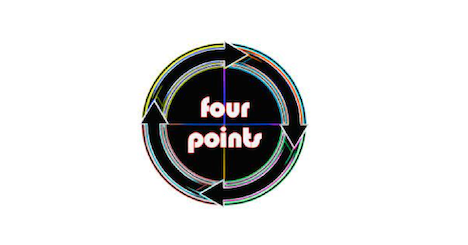New NAGPRA Regulations Leave Montana Museums Much The Same

In preparation of new regulations, some museums in the country, particularly ones that opened in the late 19th to early 20th centuries, closed down or covered certain displays that may contain objects of cultural significance.
The Field Museum in Chicago, Illinois released a statement that explained “These display cases have been covered because they contain cultural items that could be subject to these updated NAGPRA regulations.”
The Field Museum however, does not have any human remains on display. Other affected museums include The American Museum of Natural History in New York City, Harvard’s Peabody Museum of Archaeology and Ethnology, The Cleveland Museum of Art, and the Metropolitan Museum of Art in New York City.
The Native American Graves Protection and Repatriation Act (NAGPRA) was enacted on November 16, 1990 with the goal of addressing the rights of Native American Tribes and Native Hawaiian Organizations to human remains, funerary and sacred items, as well as objects of cultural patrimony. On December 6, 2023, over 30 years after the original act’s implementation, NAGPRA was revised.
“The revised regulations streamline requirements for museums and federal agencies to inventory and identify Native American human remains and cultural items in their collections.” explained Jordan Fifer, Public Affairs Specialist with the National Park Service (NPS).
According to the NPS, of the 200,000 of the human remains reported to them, only 55% of those have completed the process for repatriation, with the other 45% still being held by Federal Agencies and museums.
The final rule of the law includes a number of changes, most notably it strengthens the role of Tribes and NHOs in the repatriation process, requires museums and federal agencies to obtain consent from descendants, Tribes, or NHOs before displaying or allowing research on human remains or other cultural items. The category of “culturally unidentifiable human remains” has been removed, and requires museums and federal agencies to consult and update inventories containing human remains and associated funerary objects within five years NAGPRA’s implementation.
Back in Montana however, the story is different. Of the museums and historical societies contacted by Four Points Press, none were affected by the NAGPRA revisions.
“Not many museums in Montana have Native artifacts of high cultural heritage significance, that kind of stuff was taken out of state to big museums back like 100 years ago, and when stuff is repatriated to return to Montana it goes back to the tribes,” said Kyron Jeno, director of the Big Horn County Historical Museum (BHCM).
While Montana museums have been unaffected by the revisions, several have in recent years begun work on more inclusive exhibits, working directly with local tribes to get their perspective. Melissa Dawn, Registrar and Collections Manager of Cultural History at The Museum of the Rockies in Bozeman, explained that while their current American Indian Exhibit is in compliance with NAGPRA, they have been working on creating a new exhibit since 2018. The new exhibit, which is being designed with consideration from local tribes, is titled “Under a Common Sky” was put on hold due to the COVID-19 pandemic, and is currently projected to be complete by Spring of 2026.
The Montana Historical Society (MTHS) in Helena was closed for expansion and renovation work when the NAGPRA regulations came in. According to a statement made by the MTHS, as a part of the renovation work the MTHS engaged a Tribal Stakeholders Group with representatives from each sovereign nation in Montana a participant.
“We strive to be inclusive, knowing that our Indigenous partners know far more about their stories and histories, and their practices play a part in how and what we include in our galleries,” said Jennifer Bottomly-O’looney, the Museum Program manager.
